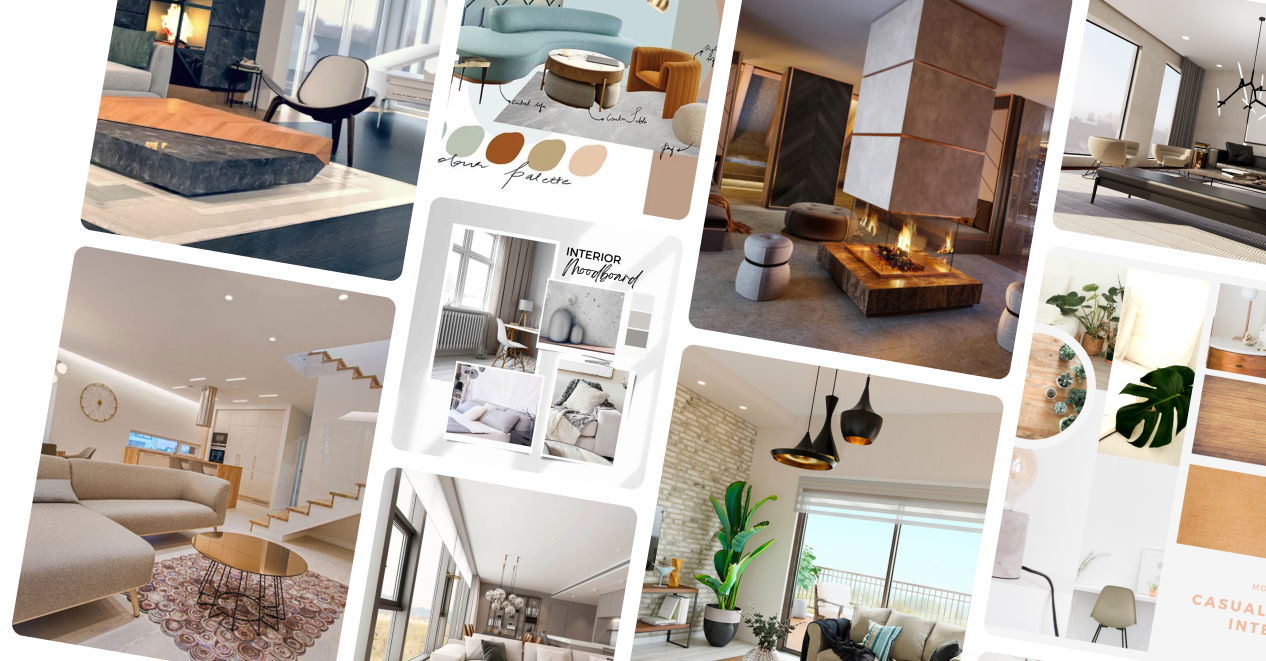12 Ways To Incorporate Wabi-Sabi Interior Design in Your Home
9 Mins Read
March 3rd, 2024
There’s beauty even in imperfections, and that’s what wabi-sabi means. The concept of wabi-sabi finds its roots in old Japanese traditions. It embodies the true spirit of Japanese design, lifestyle, philosophy, art, culture, and personal feelings, all in one.
If you visit Japan, you’ll notice that the people and the culture appreciate the innate beauty of animate and inanimate objects – from broken crockery to molding Wabi-Sabi furniture, misty landscapes to distorted reflections of nature on the water.
In this respect, the idea of wabi-sabi involves the understanding that each thing on this planet, whether living or not, ages with grace, and becomes more beautiful as it breaks, fades, or scars. It is the understanding that old and worn out things have their own elegant charm.
Jump ahead to:
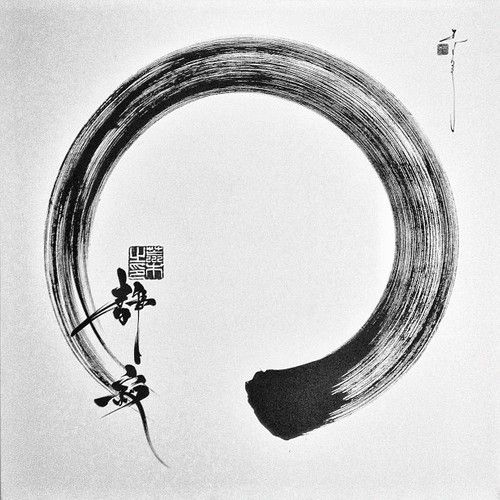 Image credits: squarespace.com
Image credits: squarespace.com
While wabi-sabi is a Japanese philosophy, it comes from traditional Chinese Zen Buddhist culture. Some can even trace the origin of its story back to a 16th-century Japanese legend that involved Sen no Rikyu, the monk that played a hand in theorizing tea ceremonies.
According to the legend, the monk wanted to learn the ancestral art of tea ceremonies, in the process of which his tea master also asked that he look after the garden. Just before presenting his master with his work, Rikyu shook a cherry tree in the garden, such that its sakura flowers fell to adorn the ground – and this imperfection of the fallen flowers brought so much beauty to its surroundings, that it gave birth to the concept of wabi-sabi.
The ‘enso’ Wabi-Sabi symbol is used to depict the concept, which comprises an unfinished circle created as part of an infinite stroke or motion, typically made using black ink.
Read also – 7 Ways To Incorporate Steampunk Interior Design In Your Home
Other than making for pretty corners, indoor plants provide a host of benefits.
Here’s a look at the top 5 benefits.
As a Japanese aesthetic, wabi-sabi has a sharp influence on modern life as it corresponds to the beauty that lies in humility, austerity, and the ephemeralness of life.
According to the Buddhist idea of Dukkha, life is fundamentally painful and unsatisfactory. The symbol for wabi-sabi also depicts life as rusty and lonely. In light of this, the idea behind adopting wabi-sabi is to embrace the imperfections of the things around us.
Objects made using the wabi-sabi aesthetic are therefore asymmetrical and are replete with imperfections. Feel free to use asymmetrical furniture or objects that may be mismatched around the home.
Wabi-sabi adopts the idea that things are imperfect, that nothing is permanent, and that’s the idea one should ideally view the world with.
The presence of green leaves in your home is enough to boost its overall aesthetic. Try keeping plants on your windowsill, or add to the greenery in your balcony by adding small houseplants like a rubber tree, prayer plant, a fiddle-leaf fig, ficus, or hoya. Indoor trees and indoor plants add to the overall bloom scape and give your home a beautiful, welcoming vibe.
While wabi-sabi may be born out of imperfections, the aesthetic is not easy to master. It’s not that anything with imperfections can be considered wabi-sabi; the term is used very sparingly to describe objects that emit the highest ideal of beauty – in other words, something that can be considered both pleasing and imperfect.
Read also – Interior Design Basic Concepts and Elements
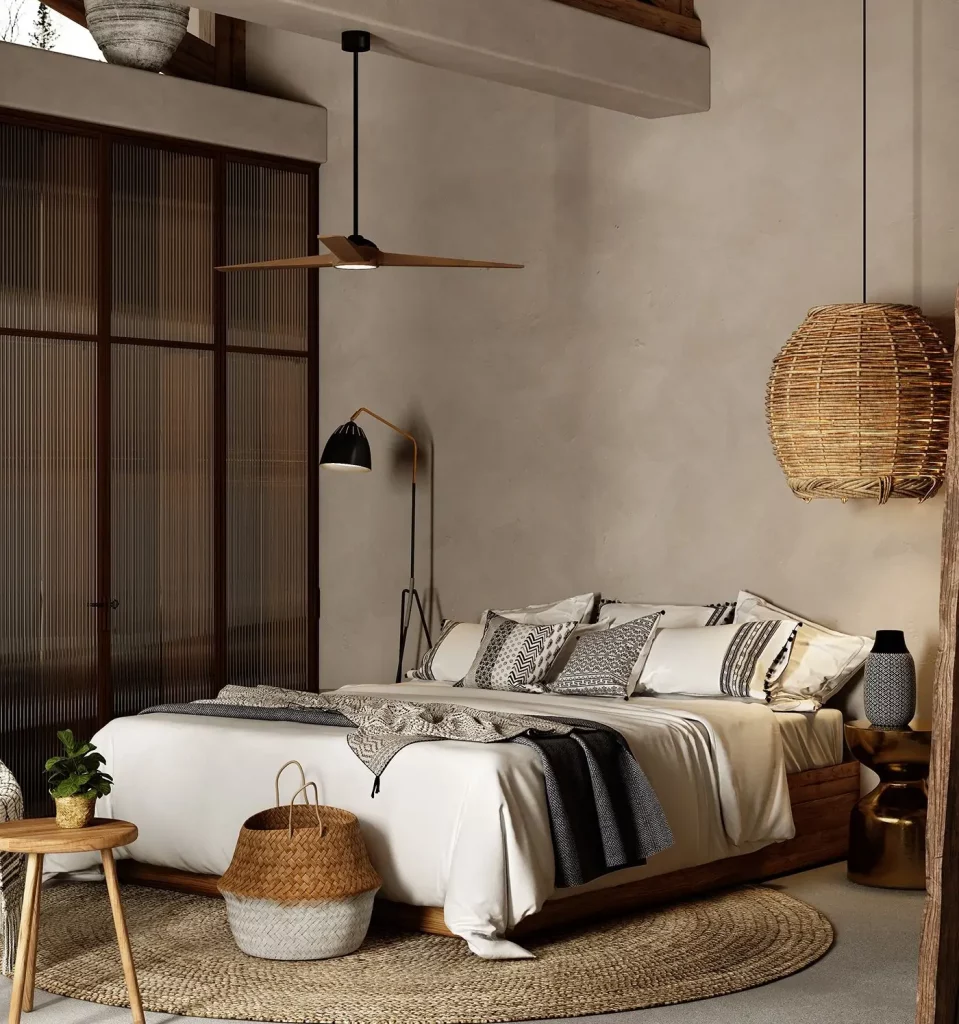


The wabi-sabi aesthetic finds reverence in an uncomplicated sense of beauty, and according to experts like Marie Kondo, this is the philosophy that should translate into the aesthetic of one’s home or Wabi-Sabi interior design.
When adopting the aesthetic, it is important to choose specific interior decor pieces, on the basis of how one wants to live their life.
Read also – 9 Best Sustainable Architecture Design Ideas
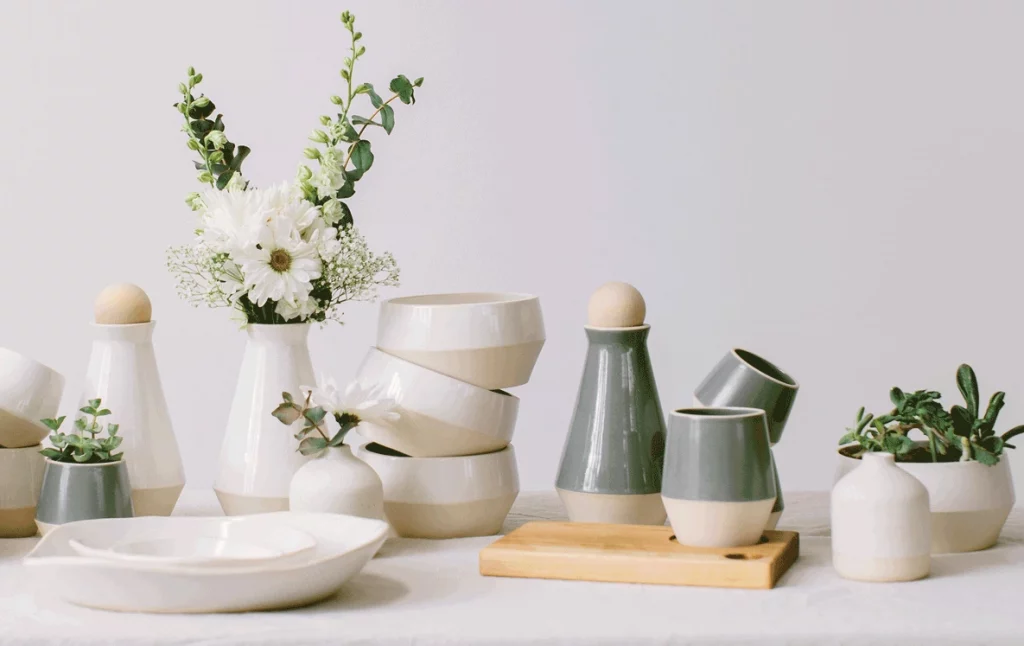


If you want wabi-sabi aesthetic to define your home decor and design style, instead of adding new and glossy interior decor pieces and items to create a modern home, go for a design aesthetic that involves personal home decor items.
For example, a piece of Wabi-Sabi wall art made by a child, a striking statement vase or artwork etc.
Read also – 21 Most Popular Types of Interior Design Styles
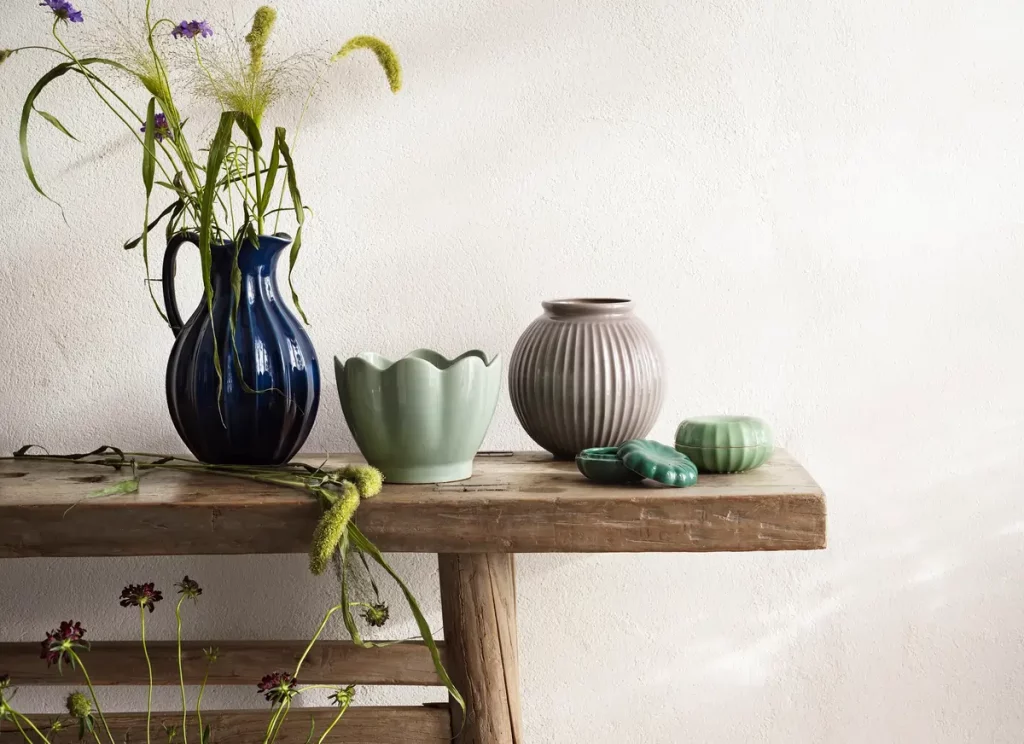


One of the main elements of a wabi-sabi home is asymmetry, intimacy, and simple design. Incorporate minimalism by using real and natural objects – these could include houseplants and Wabi-Sabi furniture made from natural and raw materials.
Read also – 15 Easy Houseplants To Grow Inside Your Home



Wabi-sabi is an easy idea to integrate into one’s lifestyle. A great example is being disciplined with respect to daily tasks such as making one’s bed. Instead of focusing on creating a tidy, spotless, and perfect Wabi-Sabi bedroom, the wabi-sabi style encourages embracing an imperfectly made bed.
Read also – 9 Ways To Incorporate Modern Interior Design Style In Your Home
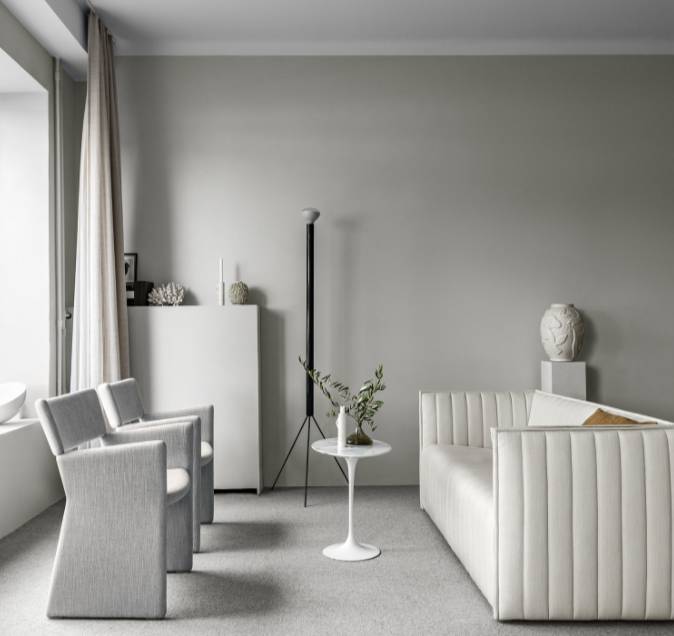


According to wabi-sabi interior design, your home is your safe space and should be created in a warm, cozy, and comforting manner. Without messing up or adding clutter to your interiors, the idea is to make your home look ‘lived in’.
For example, if you want to incorporate the Wabi-Sabi philosophy in your living room, add some blankets and pillows to bring about a feeling of warmth.
Read also – 20 Common Interior Design Mistakes To Avoid in 2024
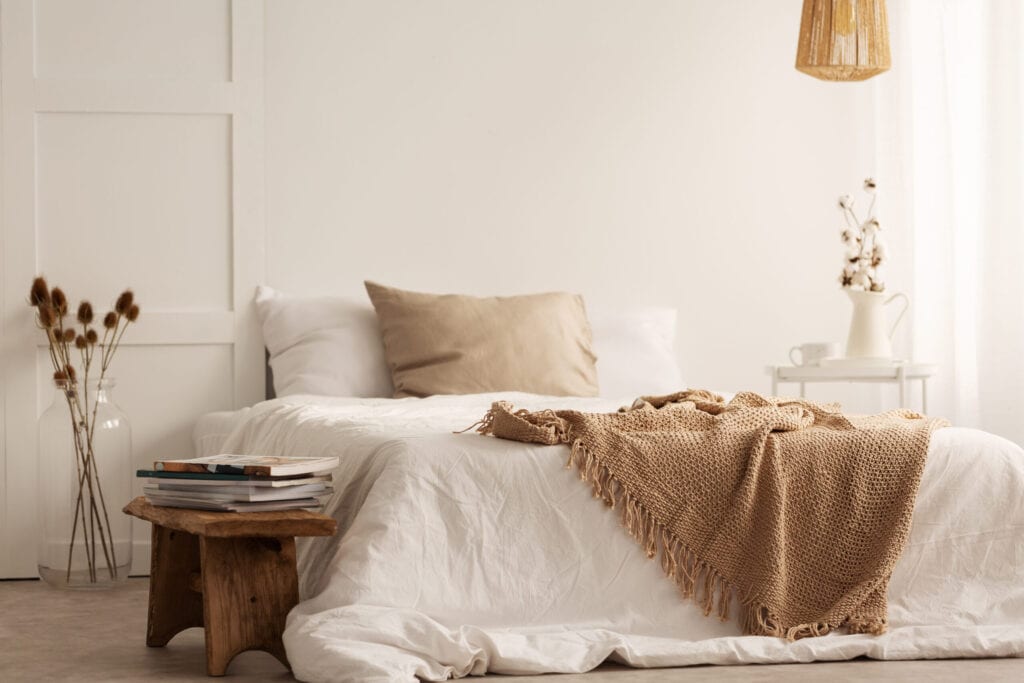


Linens are a beautiful fabric and add richness to their surroundings. In keeping with Japanese design tradition, use washed linens as table runners, bed covers, or even pillow/cushion covers.
This helps in creating a warm and comfortable space, akin to the feeling of a home that has been ‘lived in’. Linens provide a very relaxed and natural look to the overall aesthetic.
Read also – Bohemian Interior Design Style
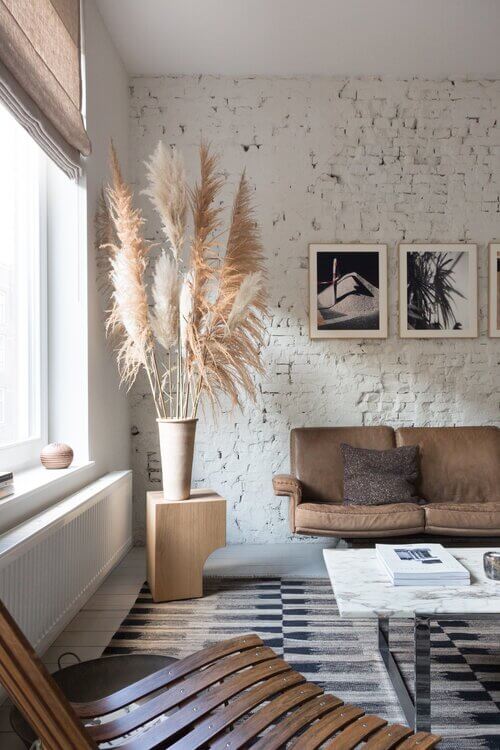


If you want to take the wabi-sabi philosophy in your home a step further, then start romanticizing daily mundane tasks.
For example, finding joy and beauty in making your morning cup of tea or coffee, or even reading a book, curled up in a corner of your living room beside a Wabi-Sabi coffee table at a certain hour each day. While these tasks may be routine, the idea is to make them memorable.
Read also – 15 Best Ways To Create an Open Floor Plan Layout in 2024
One’s home is an ideal place to engage their senses and stimulate them. Here are ways you can engage your senses.
| Aspect of Wabi-Sabi | How to create the Wabi-Sabi effect |
| Touch | Use natural materials and fabrics like sheepskin or woolen textiles on your furniture |
| Smell | Burn incense |
| Hearing | Read poetry or books aloud, use meditative music, or sounds of nature to waft through your home. |
| Vision | Use art, or create art |
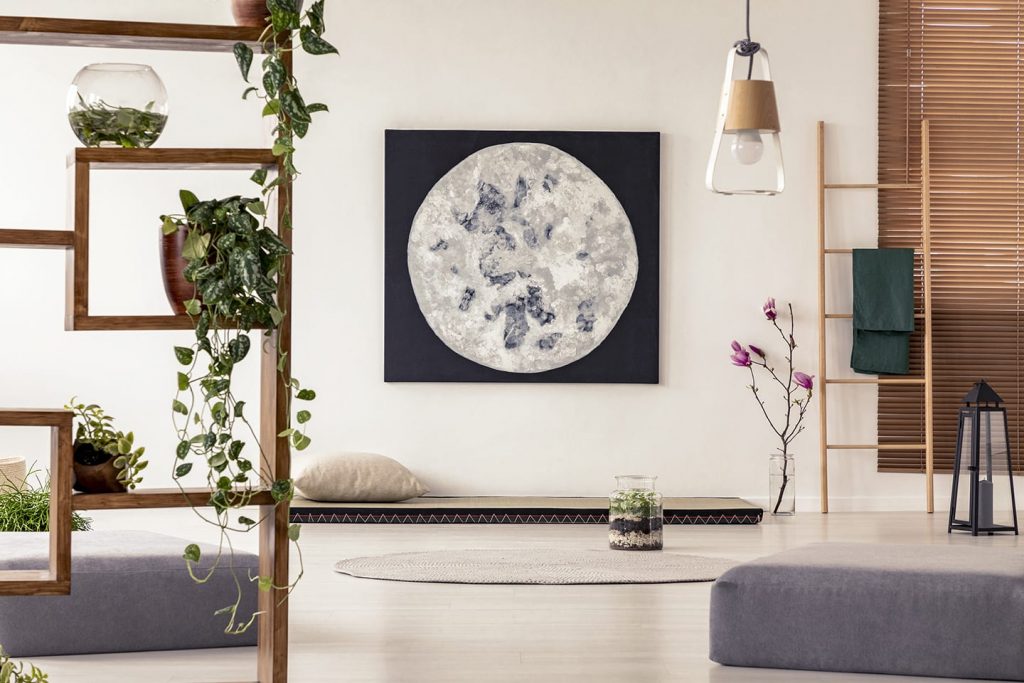


They say the best things in life get better with age – be it wine, whiskey, or antiques. When it comes to integrating Wabi-Sabi decor inspirations, the idea is to decorate your home with items that have the tendency to get better with age, or age gracefully.
There are many home decor pieces that withstand the notion of time and style and look great irrespective of their surroundings or patina. Examples include Wabi-Sabi kitchen ware made from beautifully carved wood or even a statement piece of art that becomes the focal point of your interior space.
See also – 18 Ways To Integrate Japandi Interior Design Style Into Your Home
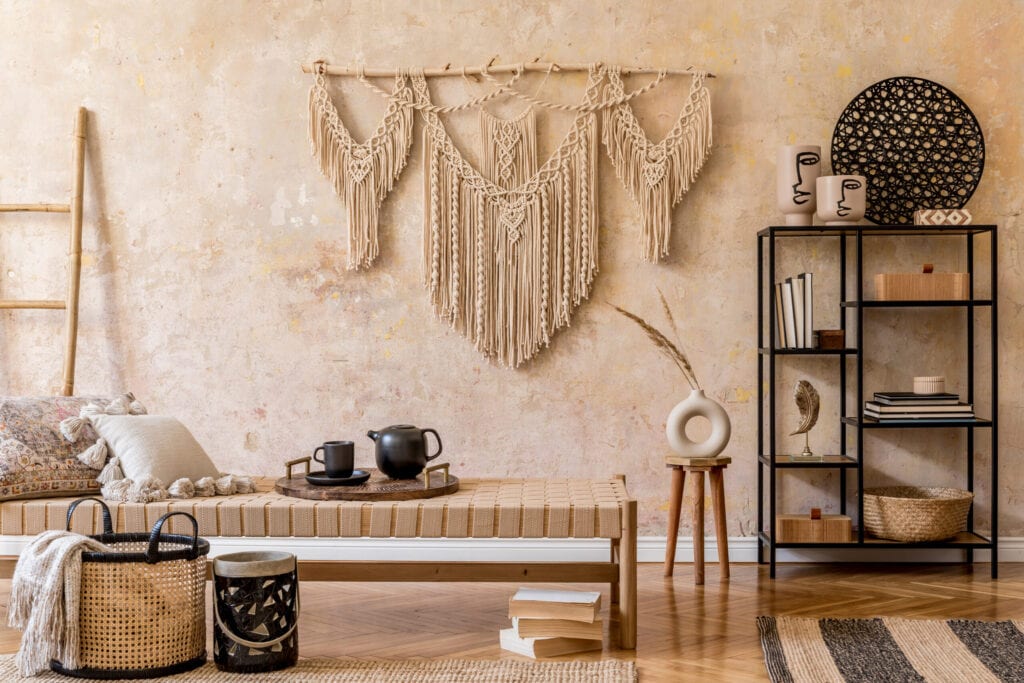


Broke a coffee mug or a plate? Don’t worry. Use the Japanese art of kintsugi to put the pieces back together, and then paint over the cracked lines with gold.
When it comes to raw items, use Wabi-Sabi ceramics like unglazed pottery instead of modern ceramics, in the form of planters or bowls, or use olive jars that have broken handles. You can even use unpolished copper or brass materials, to give your home a beautiful, rustic feel.
Read also – 11 Modern Rustic Interior Design Ideas
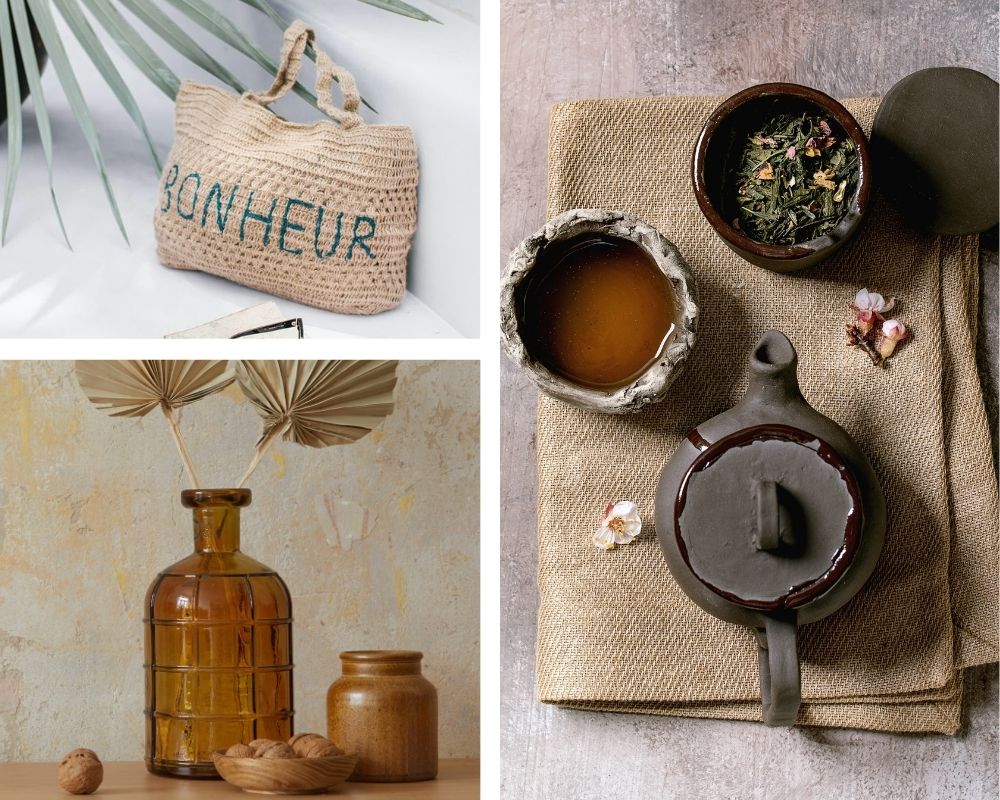


By now you would have realized that doing up your home the wabi-sabi way is also a step towards practicing sustainability. From reusing broken objects to embracing stains, chips and cuts on things, the wabi-sabi way of life is all about the concept of less is more.
Try reusing objects from around your home (instead of only recycling) – for example, a finished glass jar of pickles or olives can be reused as a flower vase.
Read also – Top Interior Designing Software Tools to Learn in 2024
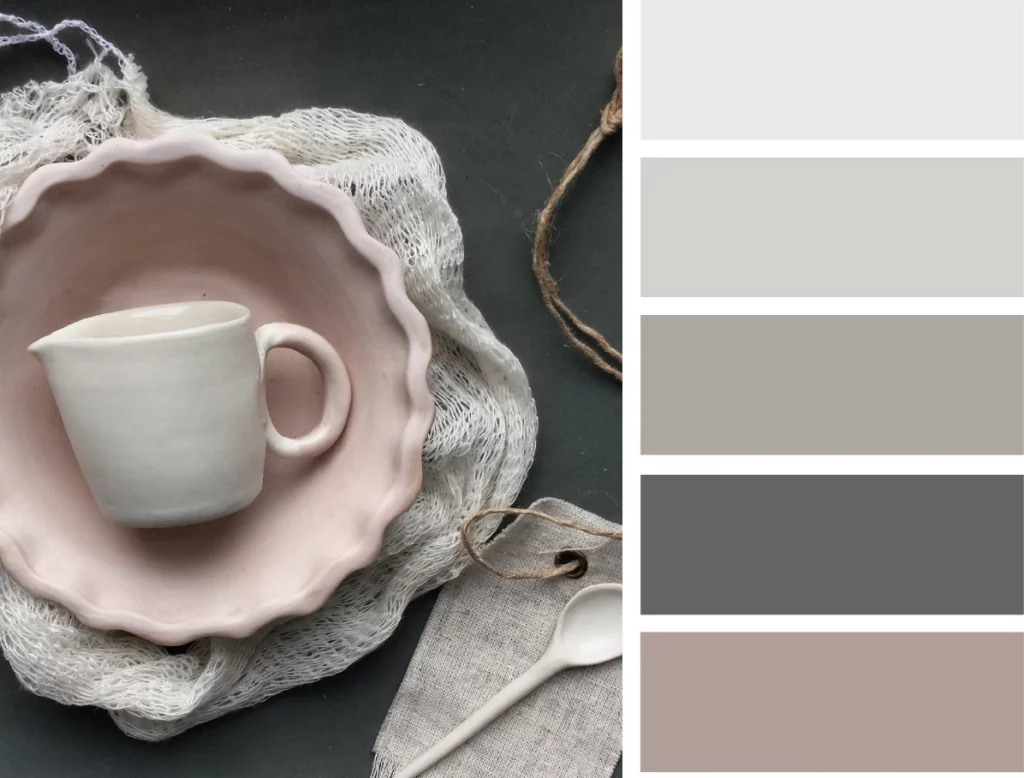


Finally, this design tip is about your home’s overall look and feel. When incorporating wabi-sabi, go for earthy tones and colors, as opposed to bright and vibrant colors. Choose colors like beiges, creams, browns, and muted greens to give a more natural and earthy raw feel to your home. Feel free to use textures and accents on the wall which give out a very outdoorsy feel.
Read also – Color Theory in Interior Design
Imagine how lovely it would be to give someone a home tour of your perfectly imperfect home? If you’re excited about incorporating wabi-sabi in your daily life, begin with these home design ideas. The interesting thing about wabi-sabi is that the concept is akin to the Scandinavian art of hygge, which focuses on minimalism and embracing happiness in the simple things in life.
If you’re wondering where to get more insights and tips on the wabi-sabi interior design trend, you can turn to social media channels like Instagram and Pinterest. We suggest going through our repository of design trends and knowledge on interior decor, right here on Foyr! Sign up today for your 14-day free trial!
Utilize a simple wooden table with visible grain patterns, adorn with a few imperfectly shaped vases holding dried flowers, and incorporate a tray with worn edges to showcase tea or coffee paraphernalia.
Soft, diffused lighting like paper lanterns or linen lampshades can enhance the ambiance, while incorporating candles or lanterns can add warmth and a sense of intimacy to the space, in harmony with wabi sabi ideals.
Wabi sabi ceramics often feature irregular shapes, asymmetrical designs, and subtle glazes that showcase the beauty of imperfection and the handcrafted nature of the pieces.
Wabi sabi decor often features textures that evoke a sense of tactile warmth and simplicity, such as rough-hewn wood, worn leather, or natural fibers like linen and cotton.
Use natural materials like stone and wood for outdoor furniture, incorporate weathered accents like driftwood or aged metal, and cultivate a wild, organic garden to evoke the beauty of impermanence and nature.
Using Foyr Neo is as easy as 1, 2, 3. First, upload a floor plan or create one from scratch. Then drag and drop from over 60K 3D models to fill your rooms. Lastly, just set the shot and let the AI create stunning 4K renders for you in less than 10 minutes.
Start your 14-day free trial

No Credit Card Or Download Required


Specially built for Interior Designers


